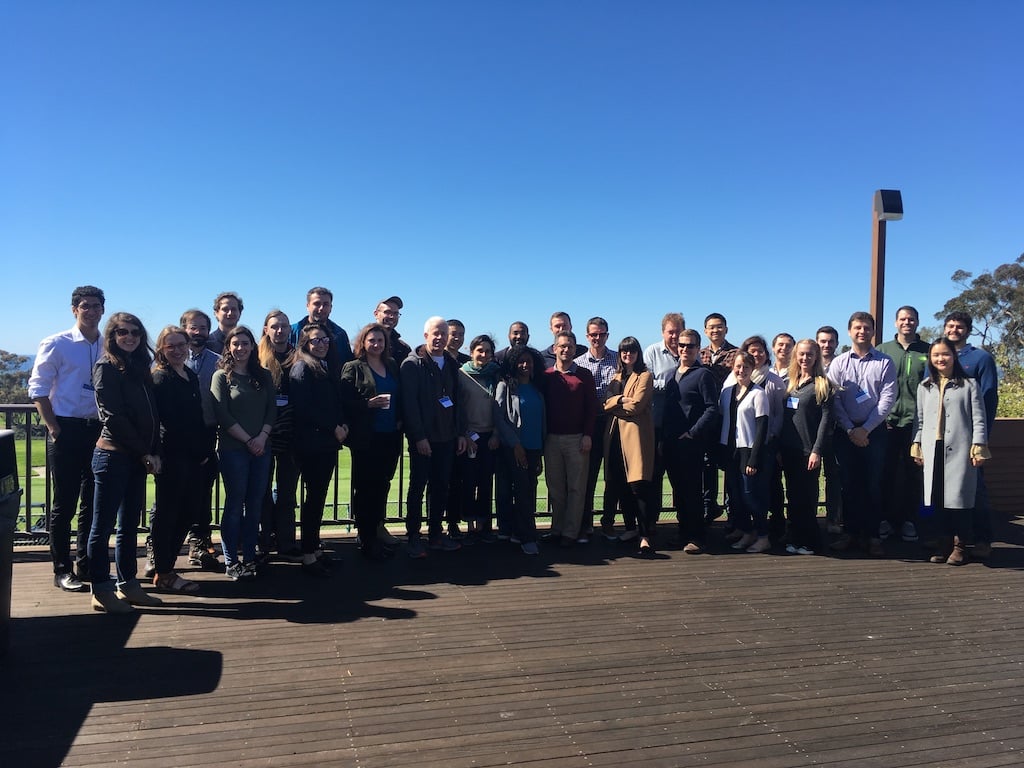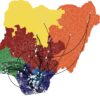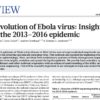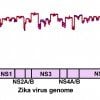The first year of CViSB has been a busy one. Receiving the NIH grant in February, 2018 prompted the onboarding of new scientists, research trips to West Africa, and a myriad of planning and coordination meetings.
Samples from over 250 Lassa and Ebola patients were collected during trips to Kenema Government Hospital (KGH). The samples will be used to generate genetic, immunological, biological, functional, and physiological data sets.
CViSB is developing the software and tools needed to integrate these data sets and comprehensively analyze factors contributing to patient outcome. Over the past year, the software packages BEAST, iVar, and AbStar were built and expanded to automate, expedite, visualize, and standardize these data analyses.
An online portal for data sharing and data visualization is also in development and being populated with data. Externally, our public interface will allow curated data sets to be shared, downloaded and visualized. Internally, we will also be able to upload sample, patient, and data files in real time.
Large strides were made to deploy wireless smart patch technology to record real-time physiological data from patients. Over the last year, CViSB and KGH staff obtained PhysIQ smart patches, installed the necessary infrastructure, and initiated a pilot study at KGH. With training and demos completed, real-time wireless monitoring of patients has already begun in the Lassa Ward.
To assess Lassa virus circulating within the rodent population, 20 villages with traditionally high rates of Lassa Fever were surveyed before and during the Lassa season. 68 of the 371 rodents caught tested positive for Lassa virus antigen. In addition to learning where Lassa is prevalent in rodent populations, this data will help to elucidate the details of rodent-to-human virus transmission.
Education and outreach efforts have raised awareness of CViSB locally and internationally. The first educational event was the CViSB workshop held at Scripps Research and was a resounding success. The “50 Years of Lassa Fever” Conference in Nigeria provided the opportunity to introduce CViSB to the broader international community.
A site visit by NIAID’s Program Officer, Liliana Brown and Program Analyst, Megan Hoffman, in September provided the opportunity to meet PIs, provide progress updates, answer questions, and tour the labs at Scripps.
Thanks to everyone’s hard work over the past year, a solid foundation has been laid for important advances in research and collaborations to come.











